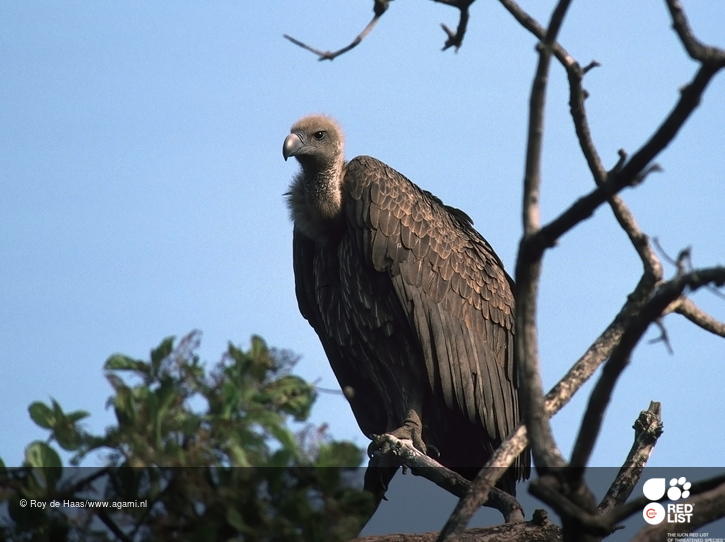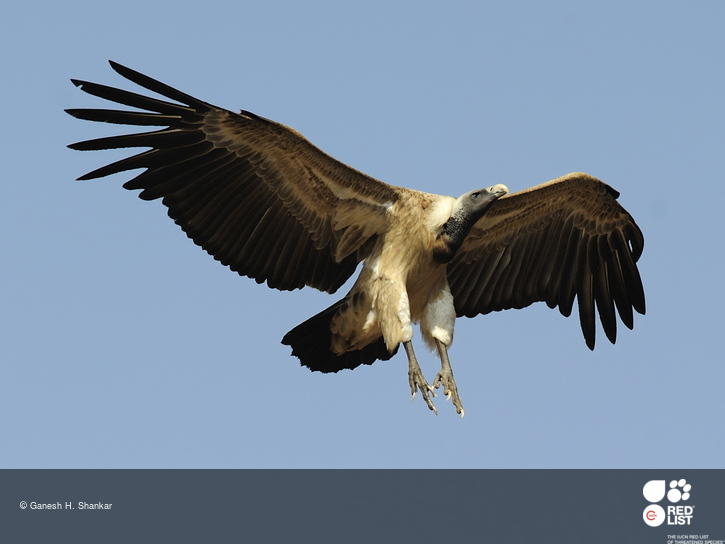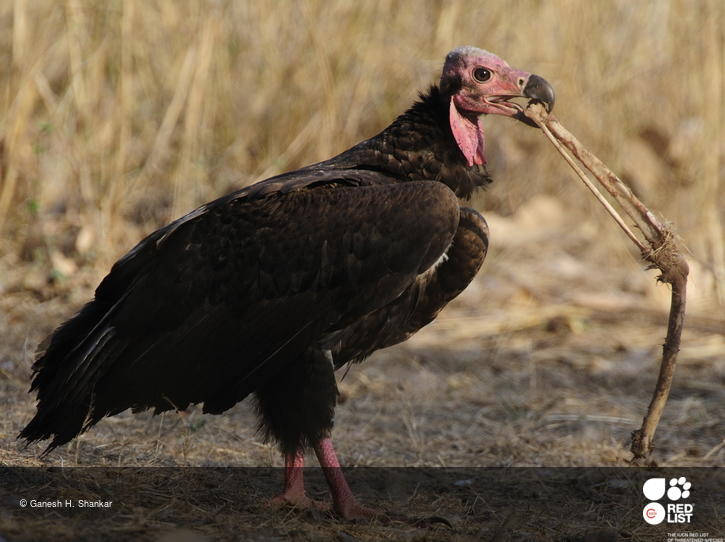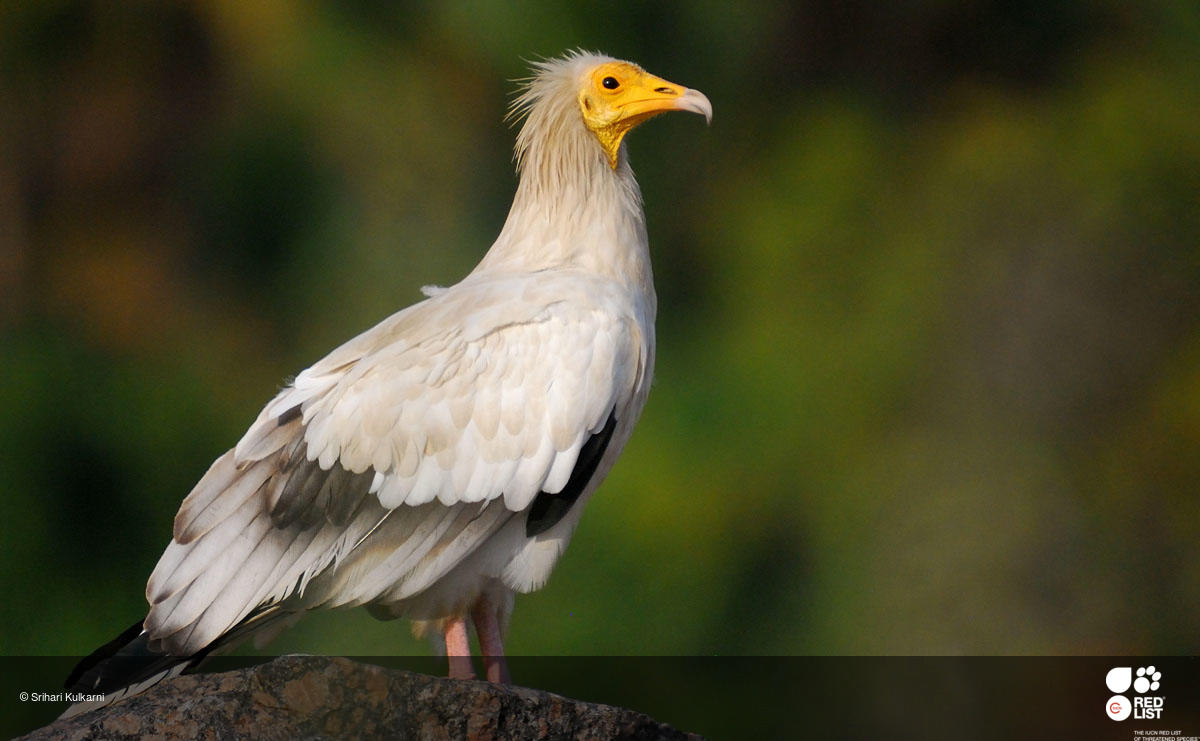A team of researchers led by Japan have devised a system that can create cyborg cockroaches, to help in urban search-rescue missions.
References
A consortium of companies like Microsoft, Apple, Google have unified around a single passkey standard as passkeys, a new type of login credential are alternative to passwords.
|
Password |
Passkey |
|
A password is created for an account particularly and typically used together with username. |
Passkeys are built on the Web Authentication standard, which uses public-key cryptography. |
|
Passwords can vary in length and can also contain special characters, letters and numbers. |
With passkeys, users can identify themselves using fingerprint or facial recognition or a PIN or swipe pattern. |
|
The Password are created by the users for every account and they should be unique and only known to the user. |
The passkeys are generated by the device securely and uniquely for every account. |
|
A password uses a string of characters for identification. The user enters the password manually or use password managers to authenticate login. |
The device creates a unique pair of mathematically related public and private keys. The public key is stored on the server and allows the website or app to verify your account after receiving a matching private key. |
|
The users need to remember passwords. |
The users do not need to remember passkeys. |
|
Passwords have security issues such as breaches, phishing and stolen identities. |
Passkeys reduces data breaches and other security vulnerabilities. |
References
Vultures of Tamil Nadu
Tamil Nadu is home to four species of vultures and the State Government is building an institutional framework for its effective conservation.
|
Resident |
Migratory |
|
|




References
The United Nations Environment Programme (UNEP) released the Emissions Gap Report 2022
The Paris Agreement goal is to limit global warming to well below 2 °C, preferably to 1.5 °C compared to pre-industrial levels.
The top seven emitters are China, the EU27, India, Indonesia, Brazil, the Russian Federation and the United States of America.
References
The International Energy Agency (IEA) released its World Energy Outlook (WEO) 2022 report, which stated that global emissions will peak in 2025.
Key Findings
India promised to reduce the emissions intensity of its GDP by 45% from 2005 levels by the year 2030, as part of its updated NDC.
International Energy Agency
References